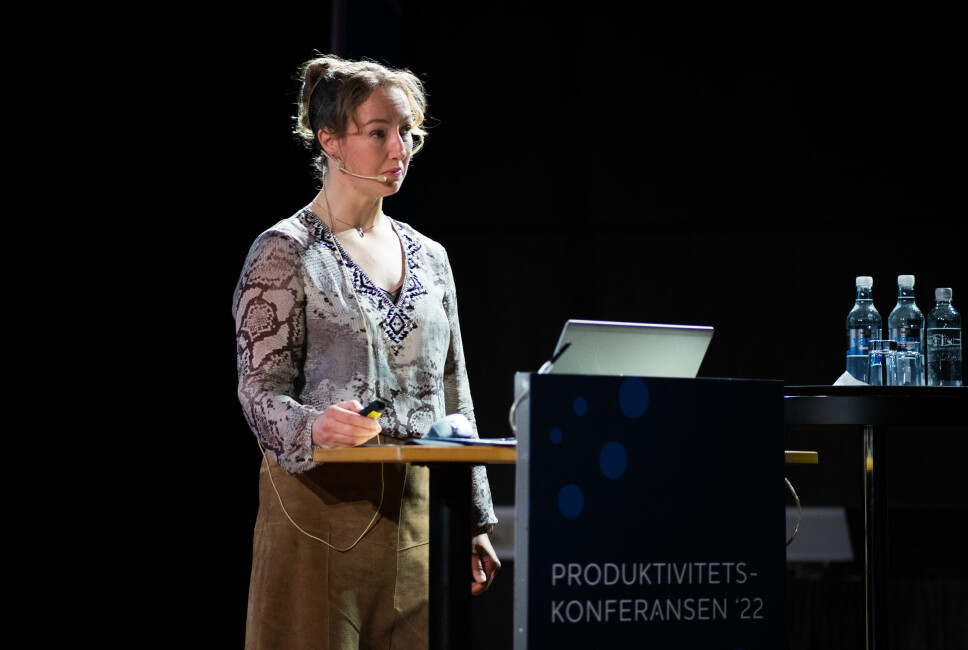
Salmon wound injuries have tripled in 10 years in Norway
Wounds are a central factor in fish health and fish welfare. With an increasing focus on improving fish welfare, preventive measures such as sedation and lubricants will become even more important in the future, said Lene Høgset from MSD Animal Health during the Kontali Productivity Conference in Kristiansund last week.
In her presentation, Høgset referred to statistics on dead fish categorisation, where wounds accounted for 7% of cases in 2013 and approximately 20% in 2022. In other words, wounds have tripled in just 10 years, but why?
Høgset pointed to two changes in particular that have occurred in the industry: an increase in mechanical delousing (including thermal delousing) and a changed composition of the type of fat in the fillet.
After 2016-2017, there was a reduction in the use of drugs against lice and an increase in the use of mechanical lice removal methods.
Høgset points out that although wound damage has increased as a result of mechanical delousing methods, these are still very necessary methods. When treating parasites in general, the principle is to rotate between different methods to limit the development of resistance. This is called IPM - Integrated Pest Management (the rotation principle).
“If you have several methods to vary between, so that you use a new method every time you exfoliate, you will be able to delay the development of resistance,” explained Høgset.
“The development of resistance is essentially impossible to avoid, since there will usually be a few surviving salmon lice, and thus it is the ‘survival of the fittest’ principle. Therefore, the ideal is a combination of mechanical, thermal, and different medicinal methods.”
Stress affects wound healing
Høgset spoke in the presentation about the importance of preventive measures if one is to reduce the occurrence of ulcers, and ulcers as a cause of death.
“To prevent damage to the mucous layer and skin of the fish, it is important to use a skin-protecting water treatment agent. If you also sedate the fish before it is handled, the fish will behave more calmly and, for example, not have an escape reaction where it swims away in a panic and can sustain mechanical damage. Both of these damage prevention measures can be important elements to use before thermal or mechanical delousing.”
Another factor Høgset talked about during the lecture was the wound-healing ability of the salmon. Here she pointed out that stress as an important factor that can delay healing.
“Stress can lead to the genes that affect wound healing being affected so that it takes longer for wounds to heal, if the fish is stressed during delousing.”
Høgset also pointed out that over the past 15 years there has been a reduction in the omega-3 fatty acids EPA and DHA in salmon fillets, according to figures from the Seafood Database.
“We know that omega-3 is an important factor in anti-inflammatory processes in salmon. In addition, the trace element zinc is important for skin quality and wound healing.”
Research from Nofima shows that it is important that the ratio between omega-3 and zinc is optimal. Therefore, it will probably be beneficial to use a “wound healing feed” in periods where there is a greater risk of developing ulcers.






















































